UF CAP 4621 Artificial Intelligence HW3Solution
The graph shown below represents a network of cities (labeled A through J) with distances between each pair of cities given as the value on each arc. A table is given for each of the nodes identifying its heuristic estimated distance from the goal. You are to determine the shortest path between A and J. You can drop nodes from the tree that you grow that are elsewhere in the tree with a lower cost. NOTE: For your answers you should draw a SERIES of partial solution trees showing the expansion of the search space. DO NOT DRAW YOUR ANSWER AS A SINGLE TREE!
Note: I think all of these trees are correct. I might have missed a few pruning cases when I constructed the diagrams.
A. Find a solution using Uniform cost search.
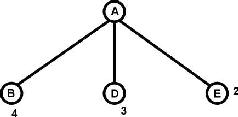
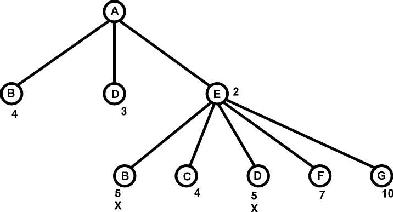
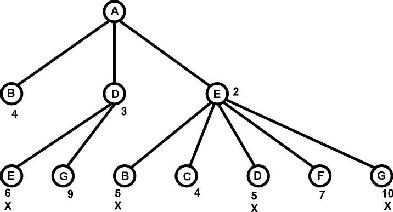
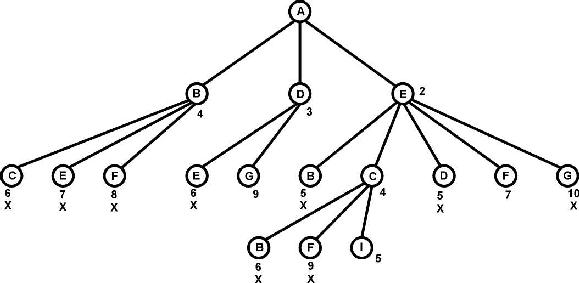
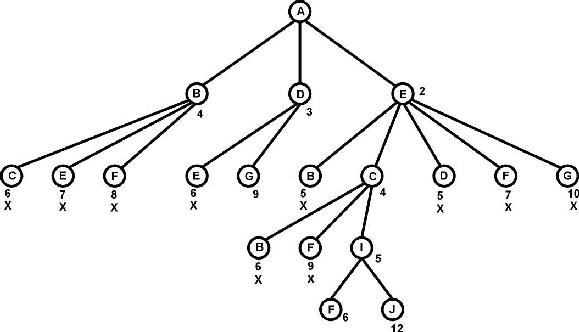
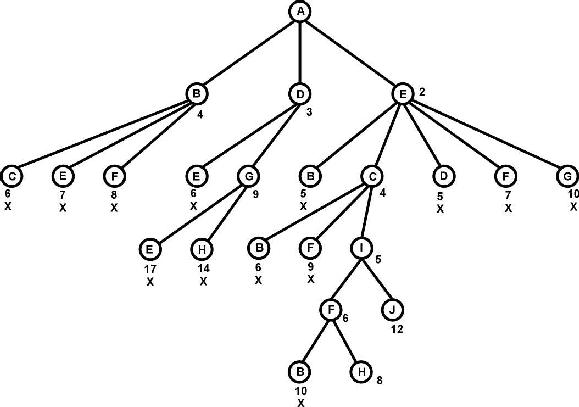
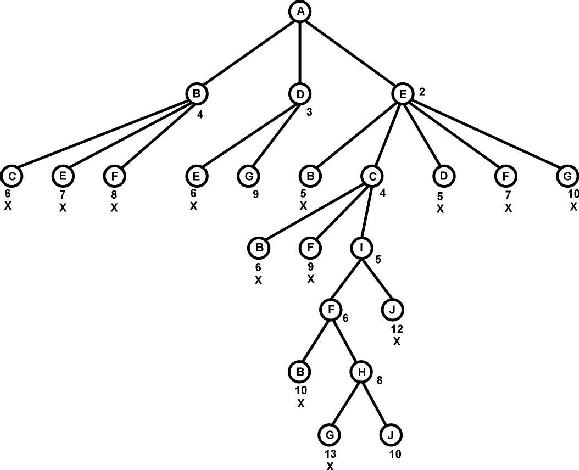
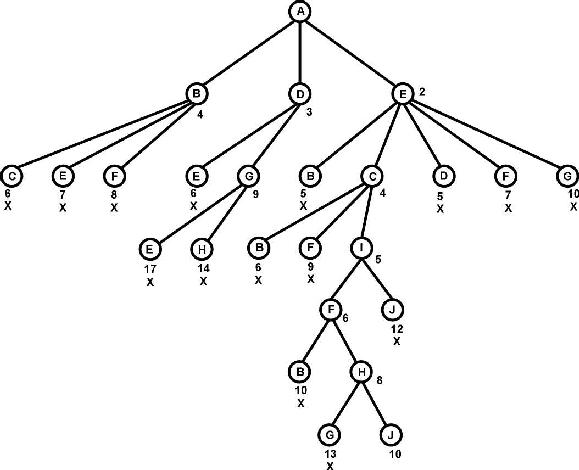
B. Find a solution using Best-First Search.
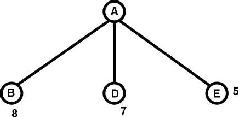
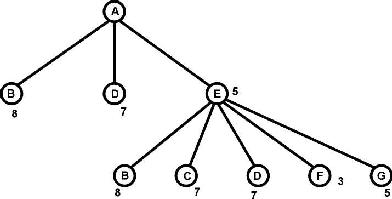
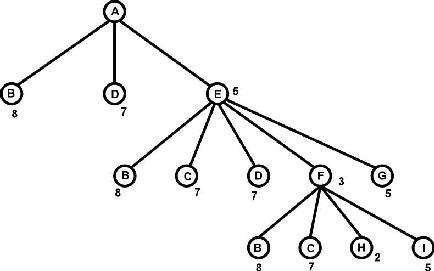
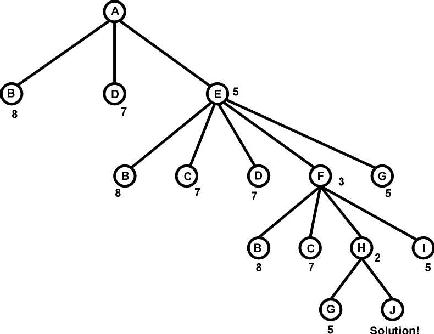
C. Use the A* algorithm to determine the shortest path.
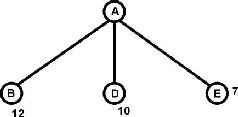
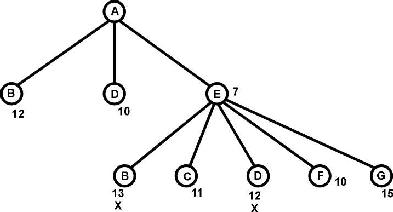
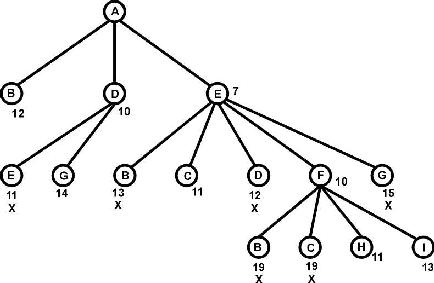
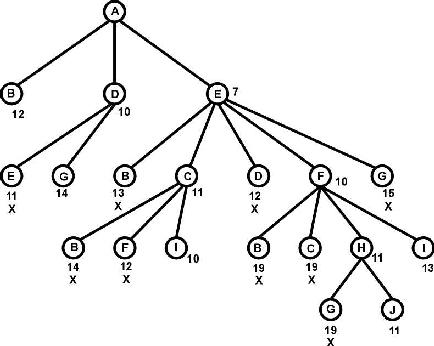
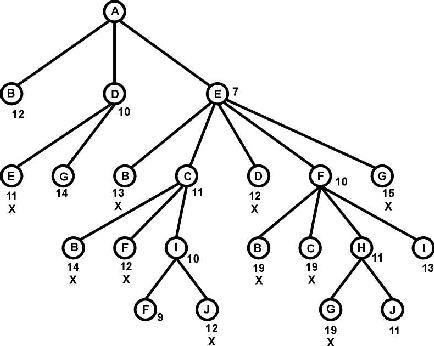
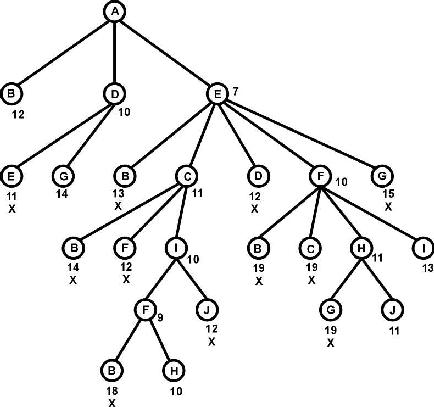
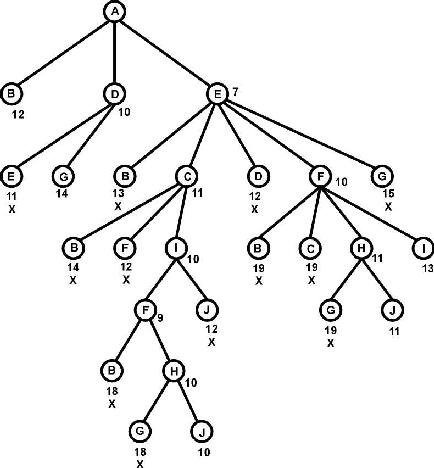
D. Is the solution found by A* the best solution? Why or why not?
Yes it is but just by chance. There is one node, C, which is not admissible!
Internal Links
Parent Article: UF CAP 4621 Artificial Intelligence Homework